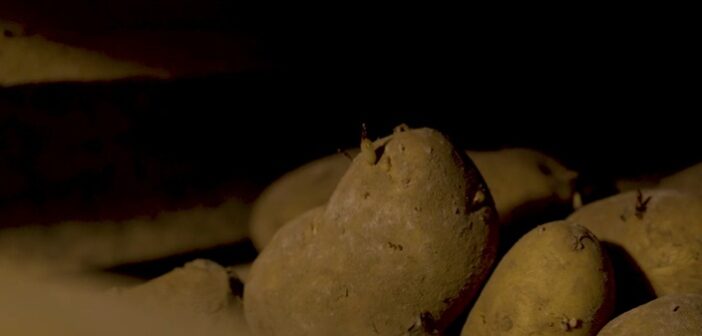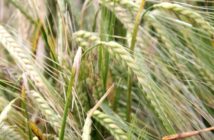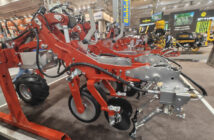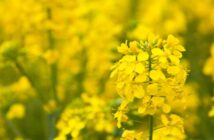An earlier-than-usual break in potato dormancy is likely to be the legacy of the hot, dry summer, potato agronomists agree.
The unknown factor, currently, is how well maleic hydrazide (MH) applications were taken up in those conditions, with good uptake helping to delay dormancy break. In contrast, poor uptake would exacerbate the challenge.
“I haven’t yet seen any data on MH uptake, but I don’t see why it should have been horrendous – it was dry last year and we saw some quite good uptake,” says Simon Alexander, an independent agronomist based in Norfolk.
“But with how hot it has been, in theory, we should see dormancy break earlier than normal, so careful monitoring of stores is going to be essential.”
Fellow independent potato agronomist Simon Faulkner of SDF Agriculture agrees, saying the accumulation of day degrees has been much higher than in a ‘normal’ year.
“I suspect dormancy break will be sooner rather than later, which we are already seeing a little bit,” he says. “That’s mostly tubers which have become green, so are ones closer to the surface and have accumulated more day degrees.”
He, too, has not seen any results of MH uptake, although he stresses that testing is a valuable management tool, especially in this type of season. “If the tuber hasn’t taken up sufficient MH, it will be a candidate for earlier dormancy break, so there is some benefit of doing one or two samples.”
Both expect the dormancy break to occur around two to four weeks earlier than in a typical year. “It’s difficult to give a concrete answer,” Mr Faulkner says. “It will depend on varieties, on MH uptake, on whether they are cold stored or processing, warmer stored potatoes.
“Clearly, processing potatoes are at higher risk because you’re storing them at higher temperatures, whereas you will have more time with cold stores. Pulling temperatures down to 3°C clearly slows the process.”
Early lifted potatoes going into storage could also be at higher risk, Mr Alexander suggests. “Most growers start worrying about stores once they finish lifting, but it’s crucial those earlier lifted crops get due attention, particularly where lifted into ambient stores, as in that earlier part of the season we weren’t getting cooler nights, which will exacerbate the risk.”
Mr Alexander is less concerned about crops that appear to be sprouting in the field. “On some varieties, such as Agria, you can dig up plants and they’re hairy and have chits. I don’t believe that is conventional dormancy break, and I’ve never seen it have an impact on sprouting in store – so don’t panic if you do see it.”
Both agree monitoring is critical. “Be vigilant,” Mr Faulkner stresses. “Look around the stores, especially in areas where there could be slight variations in temperature where dormancy could break sooner and treat accordingly.
“You might end up needing one or two more applications than usual,” he notes. “When it comes to application, make sure stores are in a fit state in terms of dryness – no wet patches or condensation on the roof, for example.
“It’s standard practice in any year, but follow best practice and you get good application efficacy.”
Considering the potential for dormancy to break earlier than usual, Geoff Hailstone, potato technical specialist for UPL, advises growers to consider starting their in-store programmes with a product that uses a physical mode of action.
“This approach maximises the crop’s natural dormancy,” he says. “Unlike products which need to be applied ahead of sprouting, a product like Argos (orange oil) can be delayed until sprouts begin to appear, pushing back in-store treatments until it’s clear that crop dormancy is broken.
“Growers have multiple in-store sprout suppressant products to choose from, with each having notable benefits. I’d encourage them to build a programme around these based on the merits of the available products to reduce storage costs and maximise potato quality.
“The market is tough at the moment, and every little gain helps improve profitability.”




